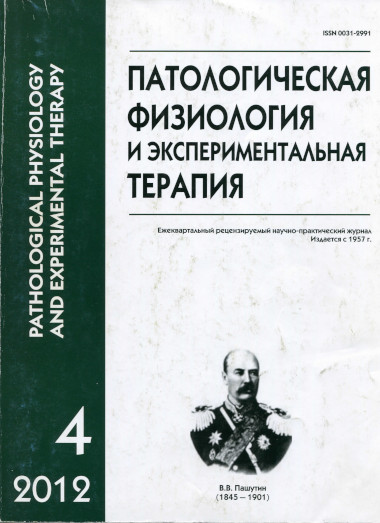Dynamics of changes of ADP-, thrombin-induced platelet aggregation activity in the presence of an excess of homocysteine in vitro
Abstract
Recent evidence indicates that hyperhomocysteinaemia (HHc) leads to endothelial dysfunction, changes in plasma factors and increased platelet aggregation [7, 18]. However, the mechanisms of platelet aggregation alterations in the presence of homocysteine (Hcy) are established not . This study was performed in platelet rich plasma (PRP) and platelet suspension, incubated in the presence of Hсy (10, 50, 100 μM) for 120 minutes and in combination Hcy with NEM . Results indicate that Hсy has a direct effect on platelet aggregation induced by ADP and thrombin. This effect has a time and dose dependent character. NEM has a dose-dependent inhibitory effect on platelet aggregation and pre-incubation with NEM eliminates the stimulating effect on the aggregation of Hcy completely. The effects of Hcy may be mediated by its participation in the reactions of thiol-disulfide exchange with thiols of plasma and platelet surface proteins. The specificity of the time dependence proves multifactor effect of Hcy on platelet activity.






